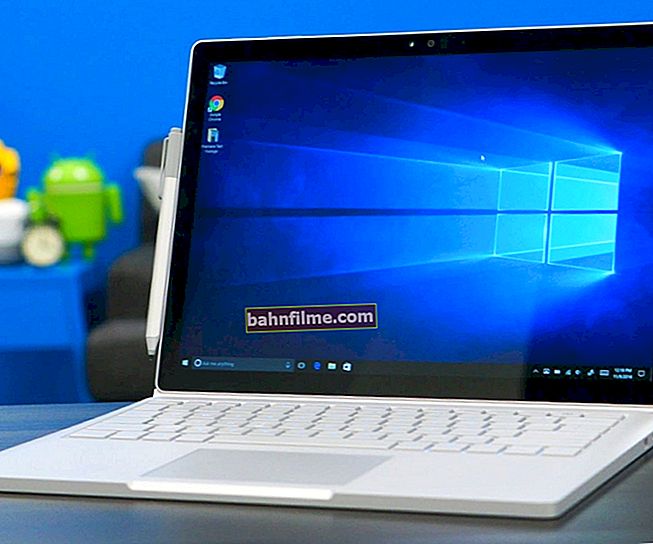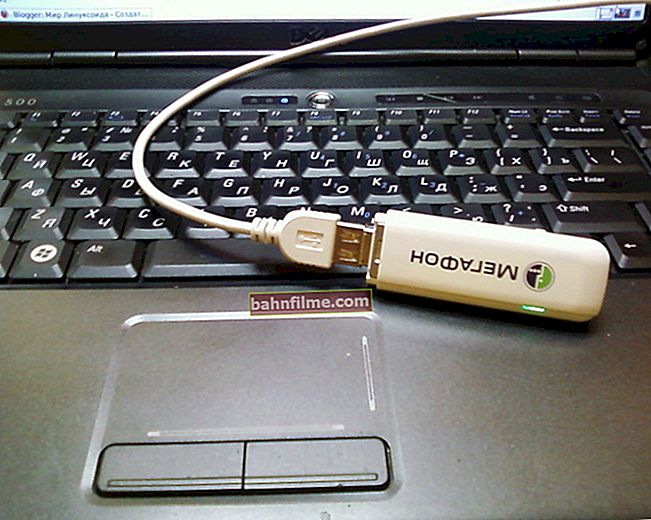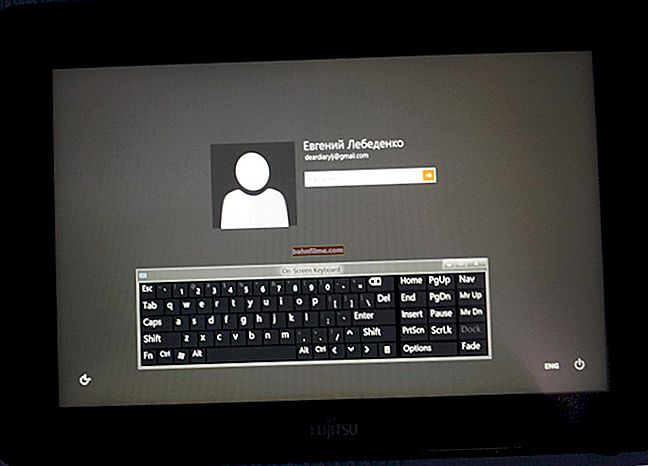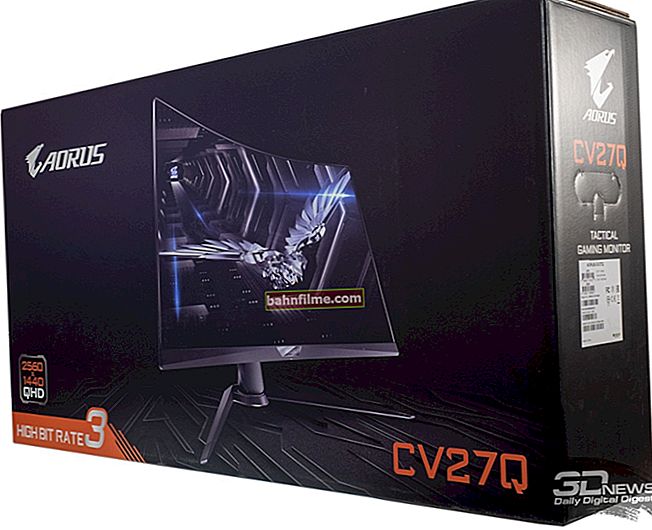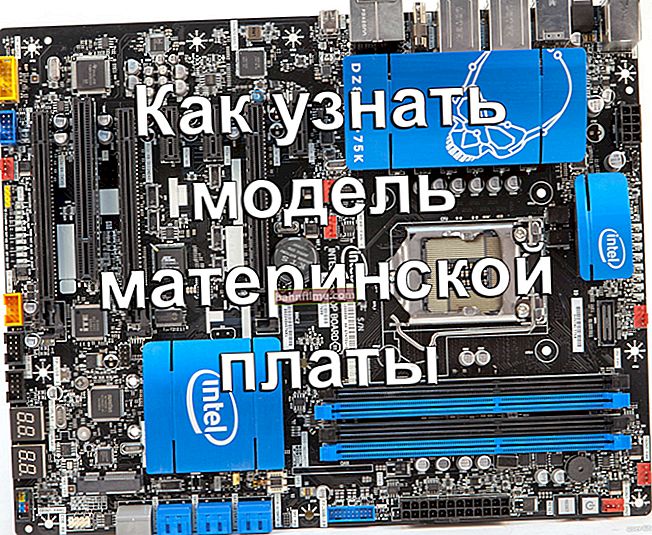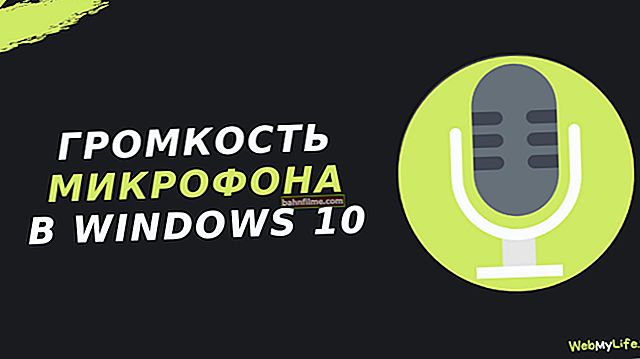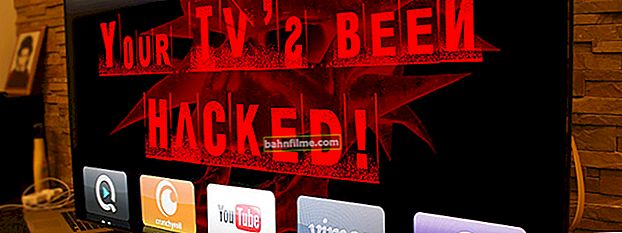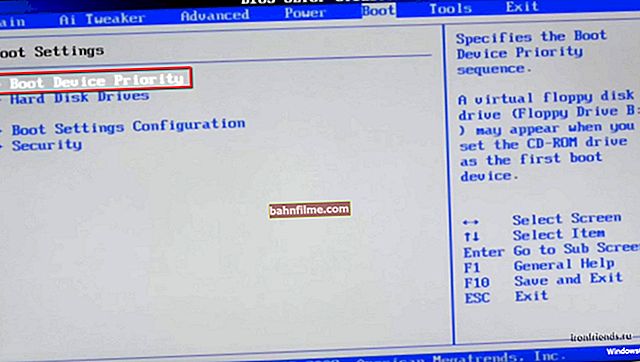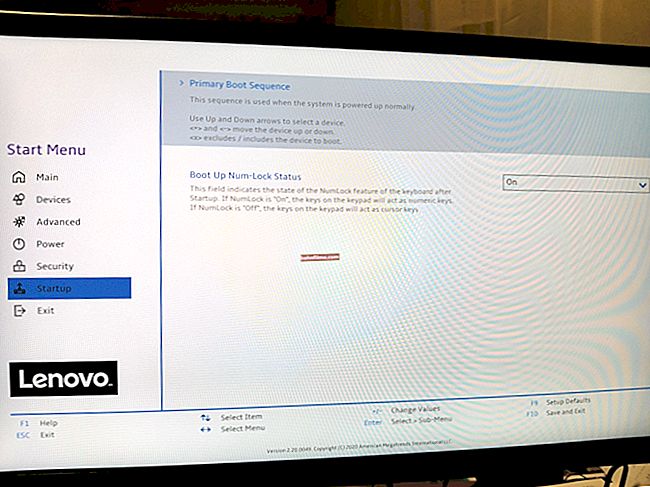 Hello!
Hello!
A flash drive at the moment is one of the most popular types of storage media (apart from the ability to exchange files over the network).
In fact, a USB flash drive has a lot of advantages: mobile (you can put it in any pocket), universal (connects to any PC, laptop, gadget), it can copy / read information quickly enough, etc.
But one small happens to them "problem"- sometimes the computer refuses to recognize and see it. There are quite a few reasons for the invisibility of a flash drive, in the same article I want to give the most basic ones that most often come across in my work.
Also from the article you will learn what you can do to restore the performance of your device (not always throw it out right away and run to buy a new one ?! 👣).
So...

Reasons / preview for the entry
*
👉 Help!
If you want to buy software waste flash drives prices, I recommend using Chinese online stores
*
Reasons for invisibility of the flash drive
10 Root Causes and Solutions ...
Problem # 1: the flash drive is not formatted
This is the most common reason! The fact is that after buying a flash drive, you need to format it (note: very often new flash drives and disks are not formatted and therefore they are not visible in "My Computer / This Computer"...).
*
Decision
It is most likely pointless to enter "My Computer", tk. in some cases, you will not see a USB flash drive there.
Therefore, you need to open "Disk Management" ... To do this, press the key combination Win + R (a Run window should appear), enter the command diskmgmt.msc and press Enter (screen below).
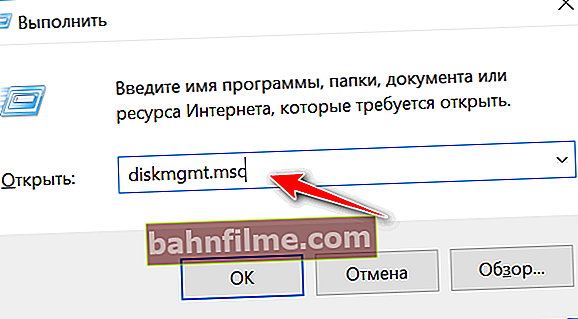
diskmgmt.msc - start disk management
Remark!
If in "Disk Management" your flash drive is not visible - go to the 3rd problem (👇).
Further, in "Disk Management" you will see all media connected to your computer (even those that have not yet been formatted).
Find your flash drive in the list (be guided by its size and name, for example, "Kingston ... 8 GB"), then click on it right mouse button and in the context menu that appears, select - " Format... "(example in the screenshot below 👇).

How to find and format an invisible flash drive (Disk Management)
Actually, that's all. By the way, I recommend choosing NTFS for the file system (because on FAT 32, which is often the default on flash drives, it is impossible to copy and place files larger than 4 GB).
*
Problem # 2: incorrect auto-setting of the drive / flash drive letter
When you connect any disk drive, USB flash drive, floppy disk, etc. to your computer - it automatically assigns a unique letter to your drive, for example, "System drive C: \" or "Local drive F: \", etc.
Everything would be fine, but sometimes the auto-setting of the letter fails and assigns a non-unique letter to your connected drive. As a result, the drive is not visible ...
To solve this, you just need to try to change the letter (this is done quickly and very often solves the lion's share of problems).
*
Decision
You also need to go to "Disk Management" (how to do it - described above), then select your "invisible" drive, click on it right mouse button and select the function " Change drive letter or drive path ".
Next, set your own unique letter for the flash drive (for example, some "N", "M", "Z", etc.).

Change letter (disk management)

Edit
👉 By the way!
In some cases, Windows may not assign a drive letter to all connected drives at all. To fix this, use the following recommendations
*
Problem # 3: outdated or broken drivers
A very, very common problem is outdated drivers (also sometimes drivers can fail and conflict with each other).It is worth noting that on older computers, another problem is possible - the inability to see a USB flash drive, the size of which is more than 32 GB.
This is solved in the following way: first, the old drivers are removed, then the new ones are installed.
👉 Remark!

There are specials. utilities that can automatically remove and update old drivers for any device on the computer.
*
Decision
First of all, open 👉 Device Manager, it is in it that you can see all the devices connected to the computer.
To find Device Manager: open the Windows Control Panel, then switch the view to "Large icons" and select " Device Manager "(example on the screenshot below 👇).
👉 Help!
Alternative ways to open device manager

Large Icons - Device Manager
Next, open the section "USB Controllers" and in it find the line "USB mass storage device", select it and delete it (screen below 👇).

Delete device
👉 Oh, brother, attention!
On devices for which there are no drivers, a yellow exclamation mark will be lit  ... In general, it is undesirable for you to have such devices marked with exclamation marks (or red crosses).
... In general, it is undesirable for you to have such devices marked with exclamation marks (or red crosses).
After deleting, click the " Update hardware configuration "- it is located in the upper part of the device manager window. After that, the manager window will blink a couple of times, and the drivers will be reinstalled ...

Update hardware configuration
*
Problem number 4: the front panel of the system unit is not connected
Very often, the USB ports on the front panel of the system unit are not connected to the motherboard (apparently, they forget to connect this socket when assembling a PC). In this case, you simply insert the USB flash drive into the port to nowhere ...

Typical system unit
Decision
- Quite simple: connect the USB flash drive to the back of the system unit - it always has 2 ÷ 4 USB ports. At the very least, it is recommended to do this just for testing - to confirm that the USB ports on the front panel are not working.
- Try to connect the front panel to the mat. board. If you have never had such experience before, I do not recommend going into the system unit, it is better to use the services of service centers.
*
Problem number 5: viruses on a PC or flash drive
The topic of viruses does not ignore many problems associated with setting up and maintaining the Windows operating system (they can literally be blamed for everything 👌).
In fact, there are some types of viruses that can hide information on a USB flash drive (and the flash drive itself) from the user's eyes.
*
Decision
The solution is trivial and obvious - to install antivirus software and check your computer for viruses. Then, if the computer sees the USB flash drive, check it too. This topic is quite extensive, I recommend that you read a couple of my articles below:
- The best antiviruses for your home computer ->;
- Removing viruses from your computer (even if the antivirus does not see them!) - see the instructions.
*
Problem # 6: using a USB hub, extension cable
Very often, the problem with connecting flash drives (and external hard drives) is associated with all kinds of splitters, extenders for USB ports.
Often they either work incorrectly, or too many devices are connected to them, as a result of which all sorts of errors occur (for example, there is not enough power for the USB port).

Typical USB Hub
*
Decision
To check if this is really so - just plug the flash drive directly into the USB port (without any extension cords). If it works, then the conclusion is obvious, the problem is related to the splitter.
By the way, if you want to use a USB hub, I recommend using it with additional power supply (because very often the power supply of the USB port is not enough for several devices).
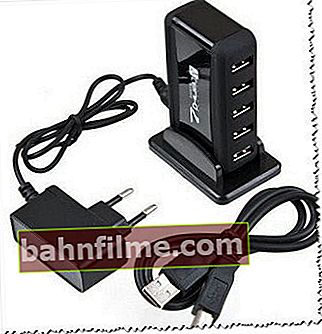
USB hub with add. food
*
Problem # 7: USB ports are disabled in BIOS
In some cases, the reason for the invisibility of the flash drive may be BIOS settings: i.e. they will simply disable the USB ports.
This reason is not so common, but, for example, it happens that when buying a new PC (laptop), the sellers for some reason disabled the ports ...
*
Decision
Go to BIOS, then find the settings for enabling / disabling USB ports and enable them. First you need to enter the BIOS, if you do not know how - use the link to the article below.
👉 Remark!

If you do not know how to enter BIOS - I recommend the following article
*
The settings for enabling USB ports are usually found in the "Advanced" tab.
Opposite point USB Controller you need to convert the value to Enabled (i.e. included, see screenshot below). Then save the settings and exit (usually the F10 key).

BIOS - are USB ports enabled
You can also just reset the BIOS settings to the optimal ones (they always have USB ports on. At least I have not seen the opposite ...).
👉 Help!
Instructions on how to reset the BIOS to optimal settings are given here
*
Problem # 8: file system error
In cases of file system failure - when connecting a flash drive, you will most likely see a message stating that the flash drive is not formatted, that it has a RAW file system and Windows will prompt you to do something with it 😊.
In some cases, the formatting of the flash drive cannot be completed due to some errors ...
In general, the problem with the file system is quite a "big" one, and its solution is not always simple and quick (especially if the flash drive has the necessary data).
*
Decision
If you need data on a flash drive, then I do not recommend formatting it. In general, I advise you not to do anything with it, but give it to the 👉 service center.
If you want to do everything on your own, then first try to remove your data from it using recovery utilities: Recuva, R.Saver, Easy Recovery Professional, etc. (link below!).
👉 Help!
How to recover a photo from a MicroSD memory card or USB flash drive - step by step instructions
If the data on the flash drive is not needed (or you have already copied it): I recommend trying to format the flash drive using one special. utilities - HDD LLF Low Level Format Tool.
HDD LLF Low Level Format Tool
Developer site: //hddguru.com/software/HDD-LLF-Low-Level-Format-Tool/
A simple utility for low-level formatting of disks and flash drives. In a number of cases, it helps to bring back to life drives, for which there was practically no hope left. By the way, it formats even those disks - which Windows does not see or gives read / format errors.
The utility works quite simply: after launching it, it will present you with a list of all connected drives to the system, you select the one you need and format it. After formatting, the disk (or flash drive) starts working as it should!

Formatting a USB flash drive
👉 Help!
How to format a USB flash drive (FAT32, exFAT, NTFS) - see instructions
*
Problem # 9: USB port malfunction
It also happens that the USB port becomes unusable. Most often this occurs from its frequent and inaccurate use: for example, many sharply pull on the USB flash drive (or USB cable), over time, the USB port begins to adhere poorly to the USB flash drive being inserted (i.e., there is no contact between the USB flash drive and the port). As a result, the flash drive is invisible.
Note. By the way, the USB port may not work stably: i.e. you will first see the USB flash drive, and after you start copying information to it (or reading it), you may see an error, or the connection will simply disappear ...
*
Decision
- Try connecting the flash drive to a different USB port, or to a different computer / laptop. If the problem is with the USB port, you will immediately notice the difference ...
- I also recommend paying attention to the dirt in the USB port. Often, over time, a layer of dust, plaque, etc. will build up, resulting in poor contact. If there is a lot of dirt, try removing it with an old toothbrush soaked in alcohol. (carry out the operation with the PC turned off!) , and then insert the USB flash drive again.
*
👉 To help!
USB ports are not working, what should I do?
*
Problem # 10: malfunction of the USB stick (for example, after a fall)
Perhaps this is the worst thing that could happen to a drive, especially if it contains important data. The fact that the flash drive could become unusable, most often, the user guesses, tk. before that:
- the drive has fallen to the floor;
- dropped into water;
- accidentally hit or hit by any object;
- the drive shows deep scratches, chips, or cracks.
In general, when you insert a flash drive into a USB port, an LED should light up on it (most flash drives have one). The characteristic sound of the device connection should "ring" on the PC.
If all this is not there, especially when connecting a flash drive to different devices, then this is a bad sign, most likely there is a problem with the flash drive itself.

Mechanical damage to the flash drive
*
Decision
- Buy a new USB flash drive (banal and simple 😉, especially since the prices for them are now quite democratic (and in Chinese online stores they are generally "pennies"));
- Try to hand it over to the service center, perhaps the master will be able to re-solder the contacts, and it will work again (but I would recommend this method, only for recovering information from a USB flash drive). After repairing the drive: using it for important data is not justified!
*
That's all for now. Add-ons are welcome!
Happy recovery!
🙏
First published: 26.11.2016
Article revised: 09/29/2020
